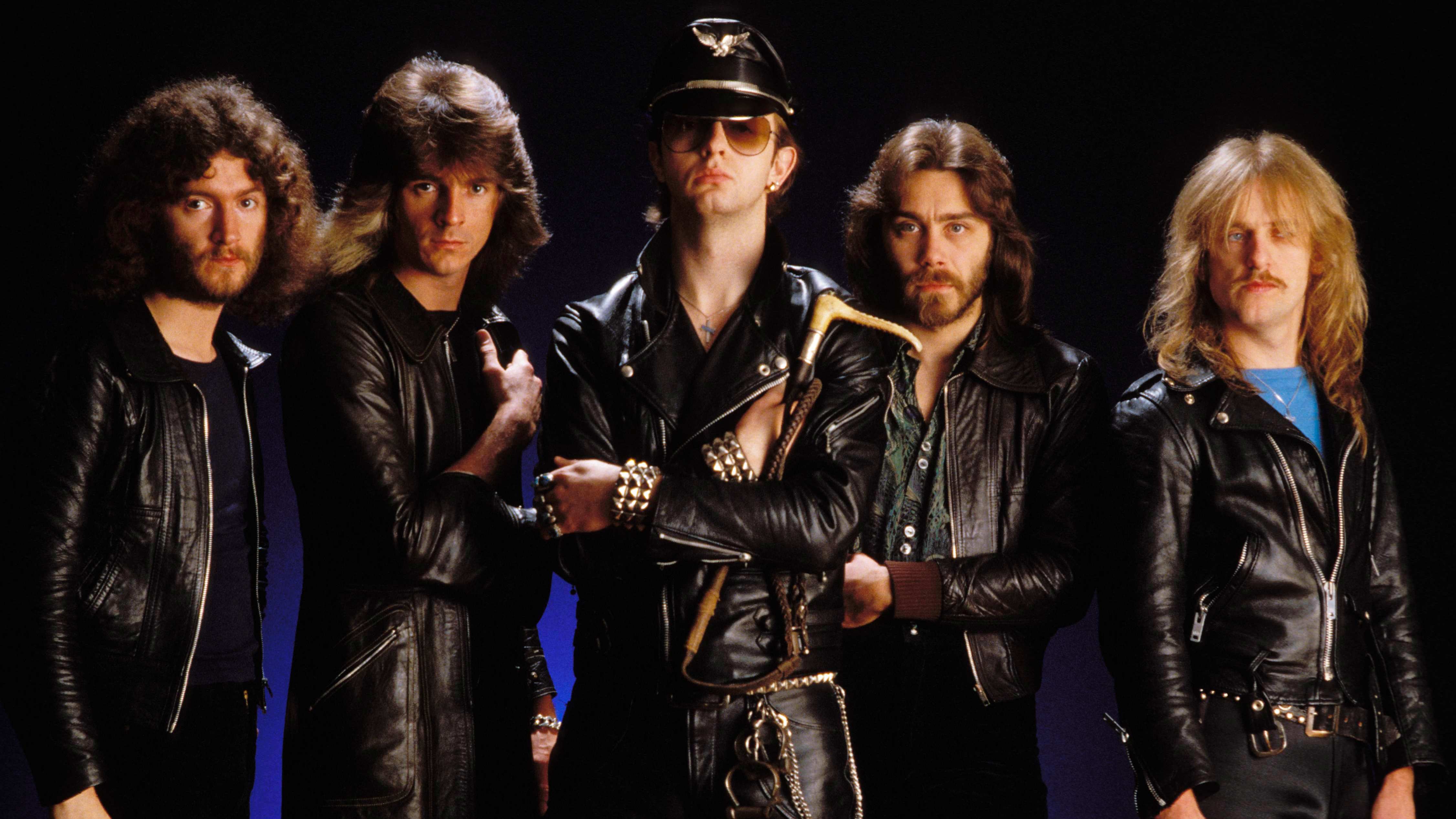Pioneering 'West coast' synth designer Don Buchla dies
Bob Moog contemporary passes away

Pioneering synth designer Don Buchla, who has died at the age of 79, was a contemporary of Bob Moog and a key figure in the evolution of so-called 'West coast synthesis'.
Moog's modular systems were built in New York, on the East coast of America, while Don Buchla resided in northern California, on the West coast. To this day, synthesists describe traditional, toneful electronic music as 'East coast', whereas more experimental, aleatoric compositions are said to exhibit qualities of the 'West coast'.
While Moog's designs and nomenclature have become familiar to electronic musicians, Buchla's modules had names like 'Source of Uncertainty' (a random voltage generator) and 'Arbitrary Function Generator' (a combination of a sequencer, multi-segment envelope and voltage processor).
Many of these differences might seem like the reactions of a contrarian, but Buchla's first instrument was designed at the same time as - and independently from - Moog's. In fact, Buchla beat Moog to the sequencer, an inclusion that would become important to users of both systems.
Don Buchla began designing his first instrument in 1963 after being commissioned by Morton Subotnick and Ramon Sender, founders of the San Francisco Tape Music Center. The idea was to create an all-in-one, purpose-built electronic musical instrument that could replace the hodgepodge of laboratory oscillators, filters and modulators with which most electronic music was made up to that point.
Significantly, the instrument's 16-stage sequencer could be used in lieu of the then-traditional technique of recording individual tones to tape and cutting and splicing the recordings to create complete compositions.
Experimental
In addition to the sequencer, Buchla's first instrument offered analogue oscillators, a noise generator, ring modulator, reverb, voltage processors, envelope generators and gates (Buchla's answer to the VCA). As with Moog's synths, connections were made with patch leads. Rather than the traditional keyboard, a touch-plate was used to 'play' the patches. Buchla purposely steered clear of convention, convinced that new types of performance techniques would inspire new types of music.
Get the MusicRadar Newsletter
Want all the hottest music and gear news, reviews, deals, features and more, direct to your inbox? Sign up here.
He was right, too, and there's no better example of the 'Buchla sound' than Morton Subtonick's classic Silver Apples of the Moon. Released in 1967, it was the very first electronic music ever commissioned by a record label. Full of quixotic rhythmical bleeps, chirps and squalls, accompanied by distinctive percussive sequences, the work stands in stark contrast to the record that would make Moog a household name, Wendy Carlos' comparatively conventional Switched On Bach.
Buchla would continue to expand upon his designs, selling modular systems such as the 100 and 200 series, variations of which are still available today. In the '90s, he also began working on a range of alternative MIDI controllers.
Never as popular or industry-defining as Moog's instruments, Buchla's designs have nevertheless recently begun to be rediscovered by modern musicians, manufacturers and software developers alike, and his status as as legend of electronic music making is assured.
MusicRadar is the internet's most popular website for music-makers of all kinds, be they guitarists, drummers, keyboard players, DJs or producers.
GEAR: We help musicians find the best gear with top-ranking gear round-ups and high-quality, authoritative reviews by a wide team of highly experienced experts.
TIPS: We also provide tuition, from bite-sized tips to advanced work-outs and guidance from recognised musicians and stars.
STARS: We talk to artists and musicians about their creative processes, digging deep into the nuts and bolts of their gear and technique. We give fans an insight into the actual craft of music-making that no other music website can.










